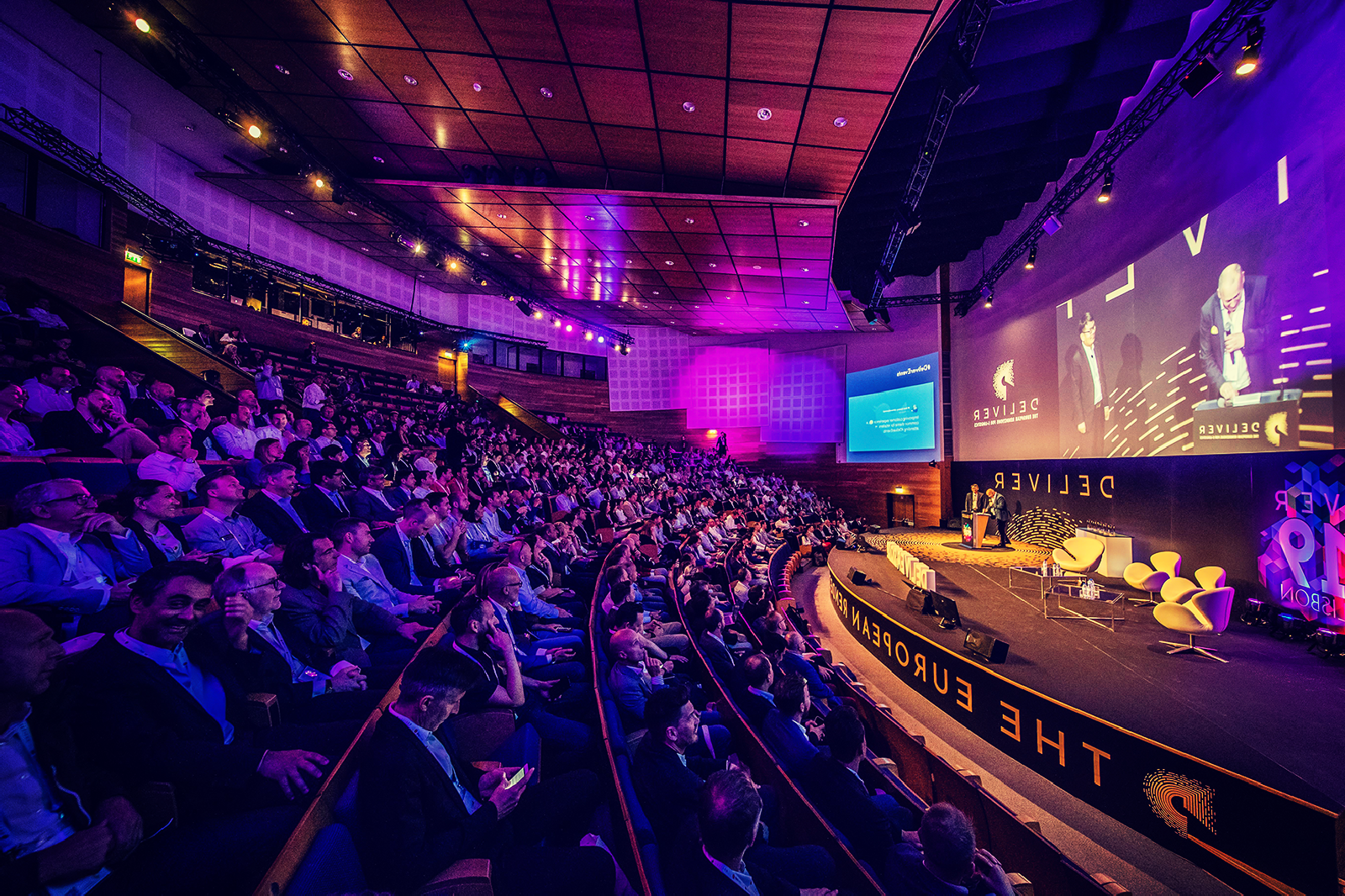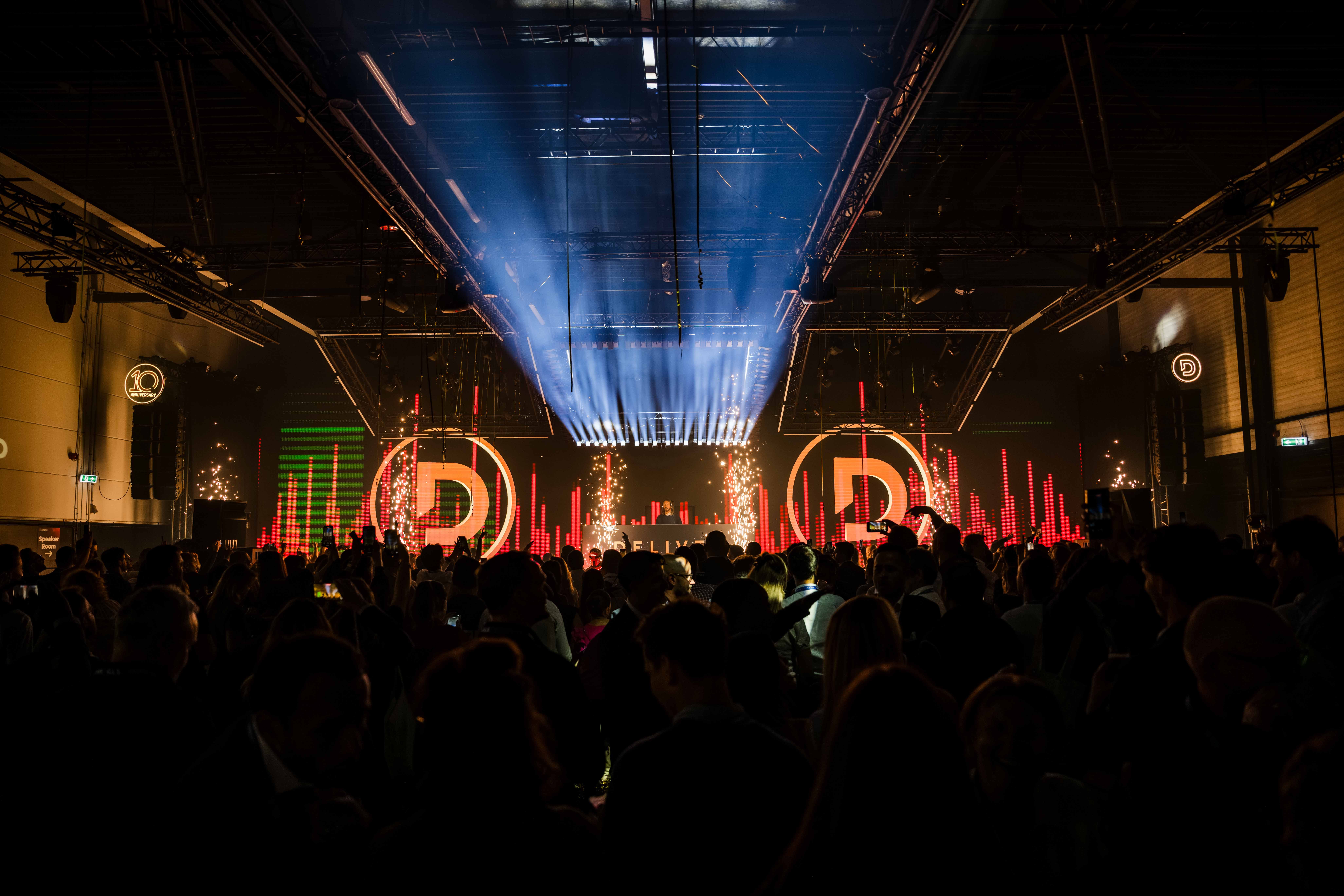Reinventing the Last Mile: Maersk’s Strategic Leap into E-Commerce Delivery
Reinventing the Last Mile: Maersk’s Strategic Leap into E-Commerce Delivery
In a standout session at the DELIVER Europe 2025 Innovation Stage, Tiago Paiva, Head of E-commerce at Maersk, delivered a compelling walkthrough of how the global shipping giant is tackling one of the most challenging and costly areas of modern logistics — last mile delivery.
Known worldwide for its dominance in ocean freight, Maersk’s pivot into e-commerce and last mile logistics is a bold strategic move. As Tiago explained, the company is not just dabbling in final-mile — it’s building AI-powered systems to manage the complexity at scale and deliver significant cost savings.
Customer Experience is No Longer Optional
The session began with a reality check: convenience, speed, selection, and price are no longer "value adds" for consumers. They are baseline expectations.
Using the Kano model as a framework, Paiva argued that failing to deliver on these fundamentals can cost brands not just a delivery, but a loyal customer. Even delivering early or late by just one day can damage trust.
"If your estimated delivery date isn’t 95% accurate, it does more harm than good," Paiva stated. "This is a loyalty challenge as much as it is a logistics one."
Why Last Mile Matters — And Why It’s Expensive
Maersk’s research shows that last mile logistics can account for over 40% of a retailer’s total logistics spend. It’s a huge cost centre — and one riddled with complexity: multiple carriers, inconsistent SLAs, siloed data, tech integration challenges, and geographic fragmentation across Europe and the US.
Paiva framed this complexity not as a barrier, but as an opportunity.
"Last mile is not just a logistics cost — it’s a powerful brand touchpoint. It’s where loyalty is won or lost."
AI in Action: From Network Design to Real-Time Routing
To solve these challenges, Maersk is applying artificial intelligence in two powerful ways:
-
Network Design Optimisation
By combining current customer data with market forecasts and pipeline visibility, Maersk uses machine learning to strategically design where sorting centres should be placed and how trade lanes are configured. -
Parcel Routing Optimisation
A near-real-time decision engine selects the best route for every parcel. It considers both static data (costs, carrier agreements, SLAs) and dynamic data (weather, strikes, capacity, customer preferences).
The system is also “explainable” — meaning users can see why the model made its decision and manually configure it if needed (e.g. to exclude a carrier or respond to disruptions).
Tangible Business Results
The data-driven transformation is already paying off:
-
35% reduction in SLA variance
-
80% improvement in delivery reliability over six months
-
Faster cross-regional deliveries
-
More efficient trade lane activation
These outcomes don’t just benefit Maersk — they directly improve the margins and customer experience for its clients.
Lessons for the Logistics Community
The session closed with practical reflections. AI alone isn’t a magic bullet — its effectiveness depends on input quality, data integration, and strategic alignment.
"Every 1% efficiency gain in last mile is hard-won — and incredibly valuable," said Paiva. "Our goal is to use AI to master complexity so our customers can deliver simplicity."
With multicarrier optimisation, real-time adaptability, and a focus on both cost and experience, Maersk is charting a new course in e-commerce fulfilment.



